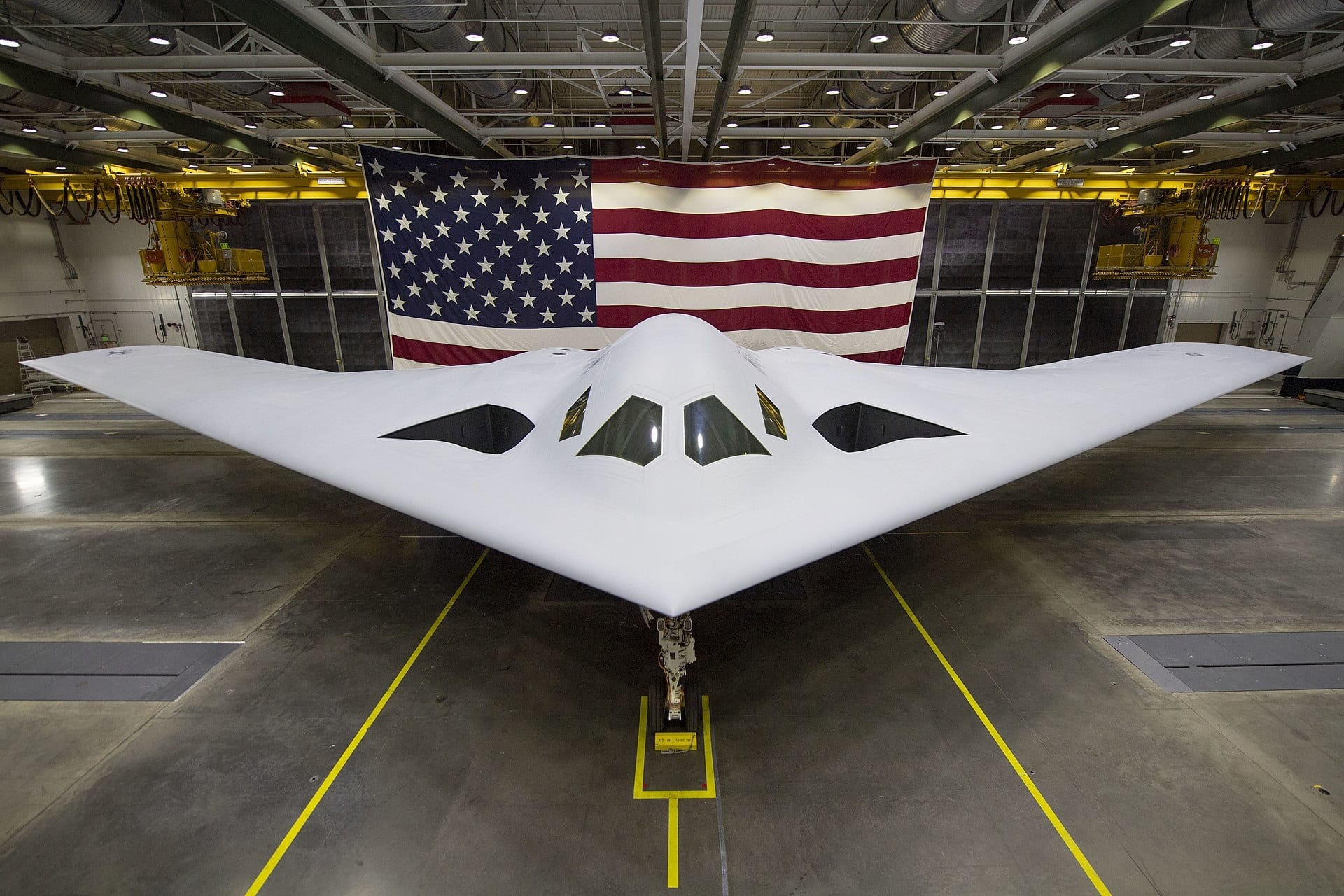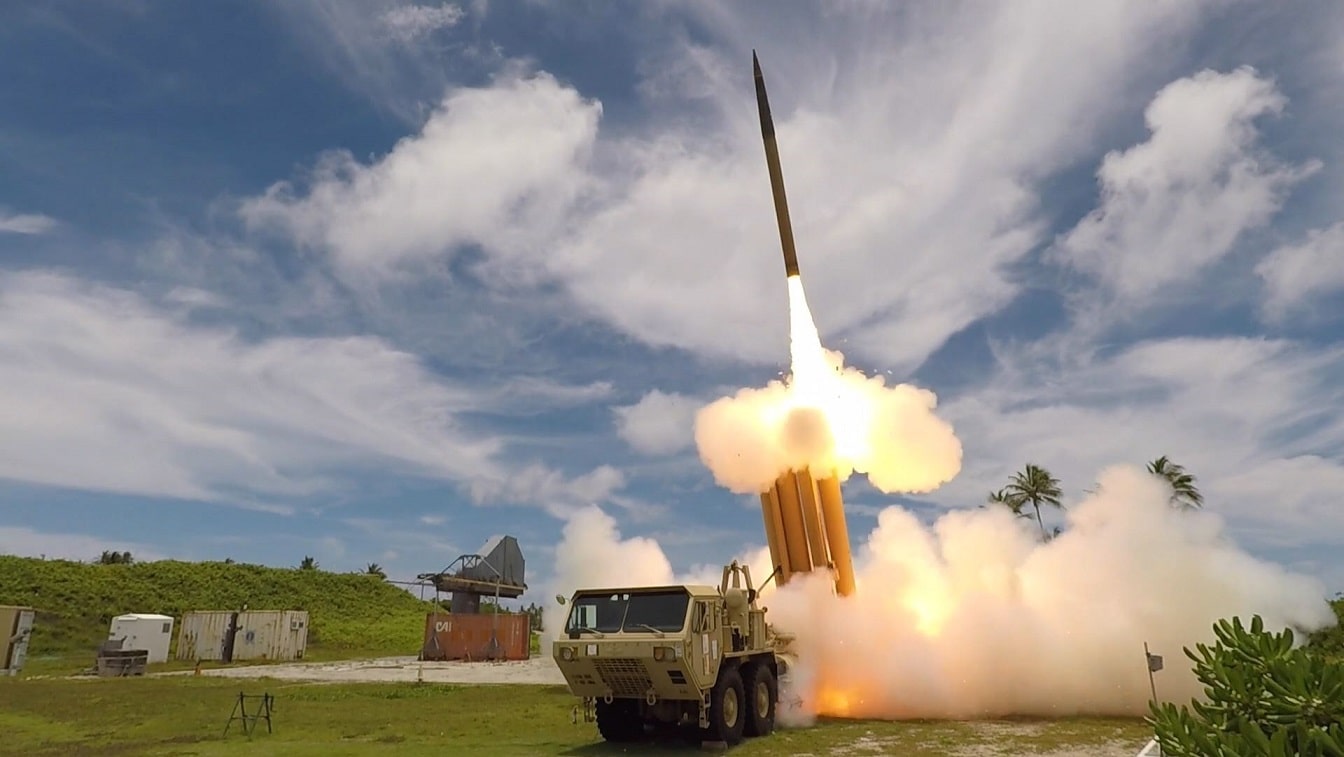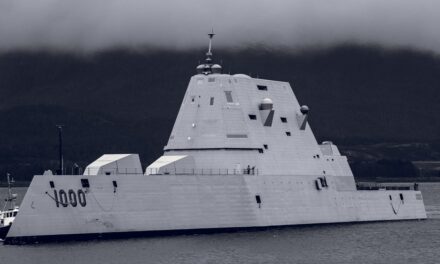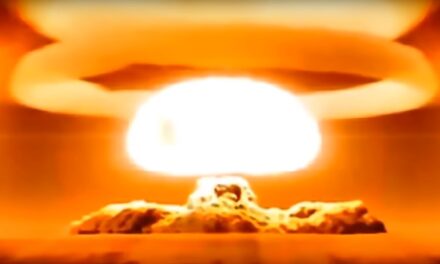We support our Publishers and Content Creators. You can view this story on their website by CLICKING HERE.
A Mystery: China’s H-20 stealth bomber, modeled on the U.S. B-2 Spirit, is set to strengthen the People’s Liberation Army Air Force’s (PLAAF) nuclear triad.
-This flying-wing aircraft, boasting an estimated range of 8,000 miles and a payload of 40 tons, aligns with China’s ambition to rival U.S. military capabilities.
-The H-20 could target Taiwan, Japan, Guam, and other critical U.S. installations, marking a significant leap in China’s long-range strike potential.
-Although development specifics remain classified, the bomber underscores Beijing’s aggressive military modernization and poses a growing threat in East Asia.
H-20 Stealth Bomber: China’s Answer to the B-2 Spirit
The U.S. Air Force has the B-2 Spirit and B-21 Raider stealth bomber that is built with a flying-wing design. Now the Chinese, ever the thief of technology and adept at playing the sneaky copycat role has its own stealth flying-wing bomber concept. The People’s Liberation Army Air Force (PLAAF) boasts the H-20 and it looks really familiar.
Here is everything we know now, with quite a few unknowns mixed in.
H-20: Looks Like the Chinese Are Copying Designs Again
The H-20 has been in development since at least 2016, and it was difficult for the West to even catch an artist rendering of the next-generation bomber.
That came in 2021 when the H-20 was spotted on the cover of a Chinese magazine called Modern Weaponry. Yep, you guessed it. The H-20 looks just like the American B-2.
Image Credit of H-20 Bomber: Creative Commons.
Of course, this could have been a fake that wasn’t a rendering of the actual PLAAF airplane, but it shouldn’t surprise us that the Chinese lifted the design on the magazine from the U.S. Air Force.
The H-20 Bomber Is Close to Fruition
Then on the now shuttered Chinese micro-blogging app Ten Cent Weibo, a PLAAF Lieutenant General named Wang Wei, posted that the H-20 is “almost here.”
Wei bragged about the H-20 during the 14th National People’s Congress in Beijing. He also implied that there were no development problems that would lengthen the H-20 program’s schedule or increase its cost.
Is It Better Than the U.S. Air Force’s Jewel in the Crown: the B-21?
The PLAAF is aware of the very public B-21 program and wants to keep up. The H-20 is likely able to carry nuclear and conventional payloads. So, the Chinese are thrilled they have a new bomber concept that can solidify their nuclear triad of strategic bombers, ICBMs, and boomer submarines. The Chinese rocket forces have a stockpile of around 500 warheads, and they want parity with the United States someday in the number of nuclear weapons in their arsenal.

The B-21 Raider was unveiled to the public at a ceremony December 2, 2022 in..Palmdale, Calif. Designed to operate in tomorrow’s high-end threat environment, the B-21 will play a critical role in ensuring America’s enduring airpower capability. (U.S. Air Force photo)
Significant Leg of Nuclear Triad
So, the H-20 will be a very important leg of deterrence in the nuclear mission. China believes that the H-20 is only defensive in nature, but it would likely have the range to reach targets throughout East Asia and give the United States and its allies headaches. The PLAAF is thus overjoyed at having a long-range stealth strategic bomber. Plus, it is annoying to the United States that the H-20 looks just like the B-2.
Taiwan Could Suffer a Debilitating Attack from the H-20
The H-20 is also able to easily reach Taiwan and deliver nuclear weapons or cruise missiles that could take out radar installations, air defense sites, and other military targets. The Taiwanese would never be able to spot it, and there are no ready defenses to stop a bombing run. U.S. bases on Japan and Guam would also be in range.
Long-Range and Big Weapons Payload
The H-20 may have an 8,000 mile range and a payload of 40 tons. That is a huge amount of ordnance that can threaten the United States and its allies.
On Day One of a conflict with China, the PLAAF could likely take out American fighter jets at Andersen Air Force Base on Guam. There could also be anti-ship missiles on the H-20, which would give the U.S. Navy fits.
Chinese Air Force Matches the Americans Move by Move
This is yet another airplane that steals the best attributes of the United States. The PLAAF loves to say “me too” when it comes to design, research, and development. You have to hand it to the Chinese; they are matching U.S. capabilities tit for tat. Now, the Second Island Chain is threatened. China can easily attack the First Island Chain with the H-20, so they can blast away at targets in Taiwan, South Korea, and Japan. The H-20 probably will carry land attack cruise missiles in addition to bombs. It could fly stealthy without detection and stay out of range of U.S. air defenses such as the Army’s THAAD or the Navy’s Aegis Combat System.

THAAD Missile Defense Battery Firing. Image Credit: Lockheed Martin.
China, above all, wants parity against the United States and a stout strategic, operational, and tactical battle plan that can defend its territory and strike its neighbors. Xi Jinping’s forces are growing by the day. His army, air force and navy are fully modernized. The only thing that China lacks is combat experience, but they could easily gain that by continuing to fly missions that threaten Taiwan, and that could lead to a shooting war someday.
The H-20 is another tool in this regard. U.S. Air Force intelligence will be watching closely and must react to when the H-20 flies regularly. The Americans cannot build the B-21 fast enough.
About the Author: Dr. Brent M. Eastwood
Brent M. Eastwood, PhD, is the author of Don’t Turn Your Back On the World: a Conservative Foreign Policy and Humans, Machines, and Data: Future Trends in Warfare plus two other books. Brent was the founder and CEO of a tech firm that predicted world events using artificial intelligence. He served as a legislative fellow for U.S. Senator Tim Scott and advised the senator on defense and foreign policy issues. He has taught at American University, George Washington University, and George Mason University. Brent is a former U.S. Army Infantry officer. He can be followed on X @BMEastwood.

 Conservative
Conservative  Search
Search Trending
Trending Current News
Current News 





